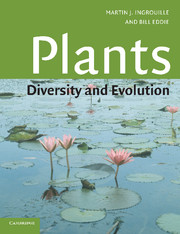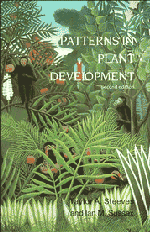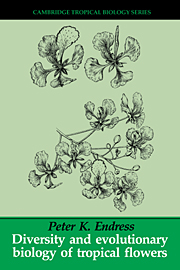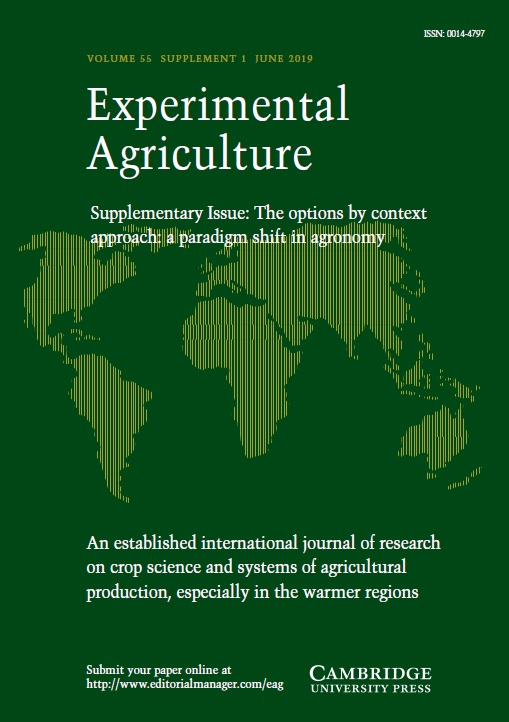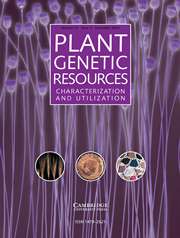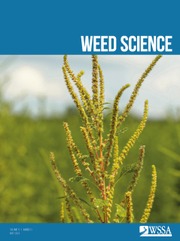The Botany of Mangroves
2nd Edition
- Author: P. Barry Tomlinson, Harvard University, Massachusetts
- Date Published: October 2016
- availability: Available
- format: Hardback
- isbn: 9781107080676
Hardback
Other available formats:
eBook
Looking for an inspection copy?
This title is not currently available for inspection. However, if you are interested in the title for your course we can consider offering an inspection copy. To register your interest please contact [email protected] providing details of the course you are teaching.
-
Mangroves are distinctive tropical plant communities that occupy the intertidal zone between sea and land. They are of major ecological importance, have economic value as a source of food and raw materials, and serve as a buffer from flooding and climate change-induced sea level rise. Mangroves are under threat from pollution, clearance and over-exploitation, and increasing concern has driven demand for an improved understanding of mangrove species. This book provides an introduction to mangroves, including their taxonomy, habitat-specific features, reproduction and socio-economic value. Fully updated to reflect the last two decades of research, this new edition of a key text includes newly documented taxa, new understandings of vivipary and the evolution of mangrove species, and a rich set of colour illustrations. It will appeal to researchers and students across a range of disciplines, including botany, ecology and zoology.
Read more- Includes 24 high-quality colour images, illustrating the details discussed in the text
- Incorporates evidence from genetic analysis, a newly developing discipline, providing cutting-edge research and information
- Summarises new research since the last edition, demonstrating the dynamism of the discipline and providing researchers with comprehensive knowledge of the field
Reviews & endorsements
'When P. B. Tomlinson first wrote his botanical account of mangroves three decades ago, these much-maligned trees were largely unknown as the places of wonder and value that many have come to appreciate today. His words have truly placed mangroves in a much better light - better understood and better valued. This new edition, with its cogent updates on mangrove plants and their associates, along with informative colourful plates, is once again needed to inspire and motivate a new generation of devotees. Mangrove shorelines are threatened by the current double dilemma of global climate change coupled with increasing human demands and direct pressures. Natural ecosystems like mangroves are in serious retreat and decline. With this second edition of The Botany of Mangroves, we have a point of reference, and an opportunity to revisit the all-encompassing view seen from the ample shoulders of P. B. Tomlinson.' Norman C. Duke, Centre for Tropical Water and Aquatic Ecosystem Research (TropWATER), James Cook University, Townsville
See more reviewsReview of the previous edition: 'This book should be required reading for any serious student of mangroves.' Ariel E. Lugo, Ecology
Review of the previous edition: '… a precise treatment of mangrove botany …' Howard J. Teas, Economic Botany
Review of the previous edition: '… of considerable value to students and professionals alike. I can warmly recommend it.' C. J. Humphries, Oryx
Customer reviews
Not yet reviewed
Be the first to review
Review was not posted due to profanity
×Product details
- Edition: 2nd Edition
- Date Published: October 2016
- format: Hardback
- isbn: 9781107080676
- length: 432 pages
- dimensions: 253 x 182 x 24 mm
- weight: 1.05kg
- contains: 128 b/w illus. 24 colour illus. 13 tables
- availability: Available
Table of Contents
Part I. General Account:
1. Historical prelude
2. Ecology
3. Floristics
4. Biogeography
5. Shoots and leaf systems
6. Structural biology
7. Root systems
8. Water relations and salt balance
9. Flowering
10. Seedlings and seeds
11. Mangroves and people
Part II. Detailed Description of Families: Acanthaceae
Anacardiaceae
Apocynaceae
Arecaceae (Palmae)
Asteraceae (Compositae)
Avicenniaceae (Acanthaceae)
Bataceae (Batidaceae)
Bignoniaceae
Bombacaceae (Malvaceae: Bombacoideae)
Celastraceae
Clusiaceae (Calophyllaceae)
Combretaceae
Ebenaceae
Euphorbiaceae
Fabaceae (Leguminosae)
Flacourtiaceae
Goodeniaceae
Lecythidaceae
Lythraceae
Malvaceae (Malvoideae)
Melastomataceae
Meliaceae
Myristicaceae
Pellicieraceae
Plumbaginaceae
Primulaceae (Myrsinaceae: Myrsinoideae)
Pteridaceae
Rhizophoraceae
Rubiaceae
Rutaceae
Sapindaceae
Sapotaceae
Sonneratiaceae (Lythraceae)
Sterculiaceae (Malvaceae: Sterculioideae)
Tiliaceae (Malvaceae: Brownlowioideae).
Sorry, this resource is locked
Please register or sign in to request access. If you are having problems accessing these resources please email [email protected]
Register Sign in» Proceed
You are now leaving the Cambridge University Press website. Your eBook purchase and download will be completed by our partner www.ebooks.com. Please see the permission section of the www.ebooks.com catalogue page for details of the print & copy limits on our eBooks.
Continue ×Are you sure you want to delete your account?
This cannot be undone.
Thank you for your feedback which will help us improve our service.
If you requested a response, we will make sure to get back to you shortly.
×


